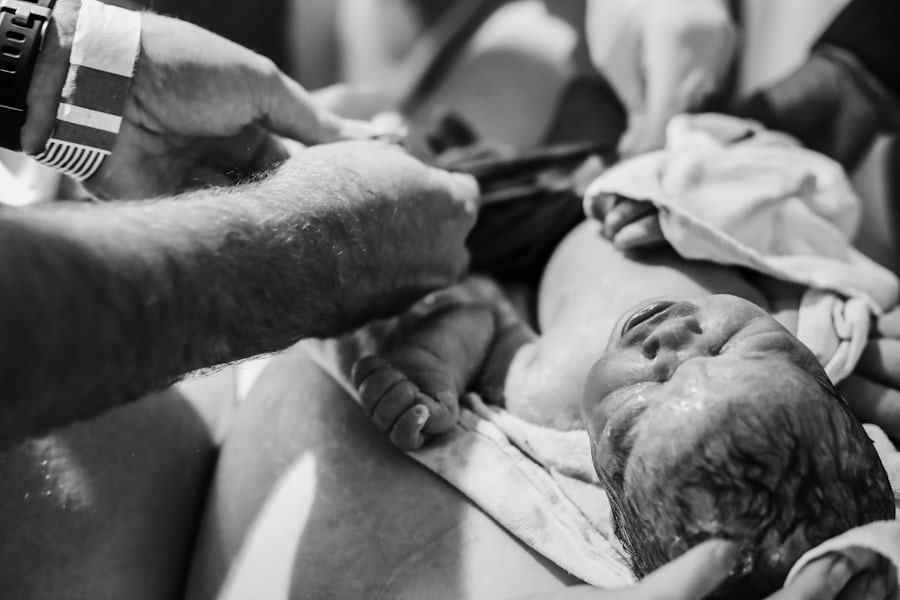Circumcision: A Comprehensive Overview
Circumcision is the surgical removal of the foreskin, the sleeve of skin that covers the head (glans) of the penis. This procedure has been practiced for thousands of years and is performed for a variety of reasons, including religious, cultural, medical, and personal choice.
The practice is most common in newborn males, though it can be performed on older boys and adult men. The methods and recovery process can vary depending on the age of the individual.
Reasons for Circumcision:
Religious and Cultural Traditions: Circumcision is a significant religious rite in Judaism, typically performed on the eighth day of a boy’s life in a ceremony called a bris. It is also a widespread practice in the Muslim world, often performed as a sign of belonging to the faith. Various other cultures and communities around the world practice circumcision for cultural or traditional reasons.
Medical Reasons: In some cases, circumcision is medically necessary to treat conditions such as:
Phimosis: When the foreskin is too tight to be retracted over the glans.
Paraphimosis: When the retracted foreskin cannot be returned to its original position, causing a medical emergency.
Recurrent Balanitis: Inflammation or infection of the glans and foreskin.
Penile Cancer: In rare cases, circumcision may be part of the treatment for penile cancer.
Preventive Healthcare: Some parents choose to have their sons circumcised for potential health benefits, which may include:
A reduced risk of urinary tract infections (UTIs), particularly in the first year of life.
A lower risk of some sexually transmitted infections (STIs), including HIV.
A reduced risk of penile cancer, although this is a rare disease.
Prevention of foreskin-related problems later in life.
The Surgical Procedure:
For newborns, the procedure is typically quick, often performed in the hospital before the baby goes home. An anesthetic is used to numb the area, and the foreskin is removed using a specialized instrument such as a Gomco clamp, Plastibell device, or Mogen clamp. The entire process usually takes only a few minutes.
In older boys and adults, the procedure is more complex and is usually performed by a urologist under local or general anesthesia. Recovery for older individuals typically takes longer than for newborns.
Potential Risks and Complications:
Like any surgical procedure, circumcision carries some risks, though complications are generally rare when performed by a trained professional in a sterile setting. Potential risks include:
Bleeding
Infection
Pain
Scarring
Irritation of the glans
In rare cases, more significant injury to the penis.
Global Prevalence:
The prevalence of male circumcision varies significantly around the world. It is a common practice in the United States, parts of Africa, and the Middle East. In contrast, it is less common in Europe, much of Asia, and South America.
The decision to circumcise is a personal one for parents, often involving a consideration of religious beliefs, cultural norms, potential health benefits, and the inherent risks of the procedure. Major medical organizations generally agree that the health benefits of newborn male circumcision outweigh the risks, but they also emphasize the importance of parental choice.


